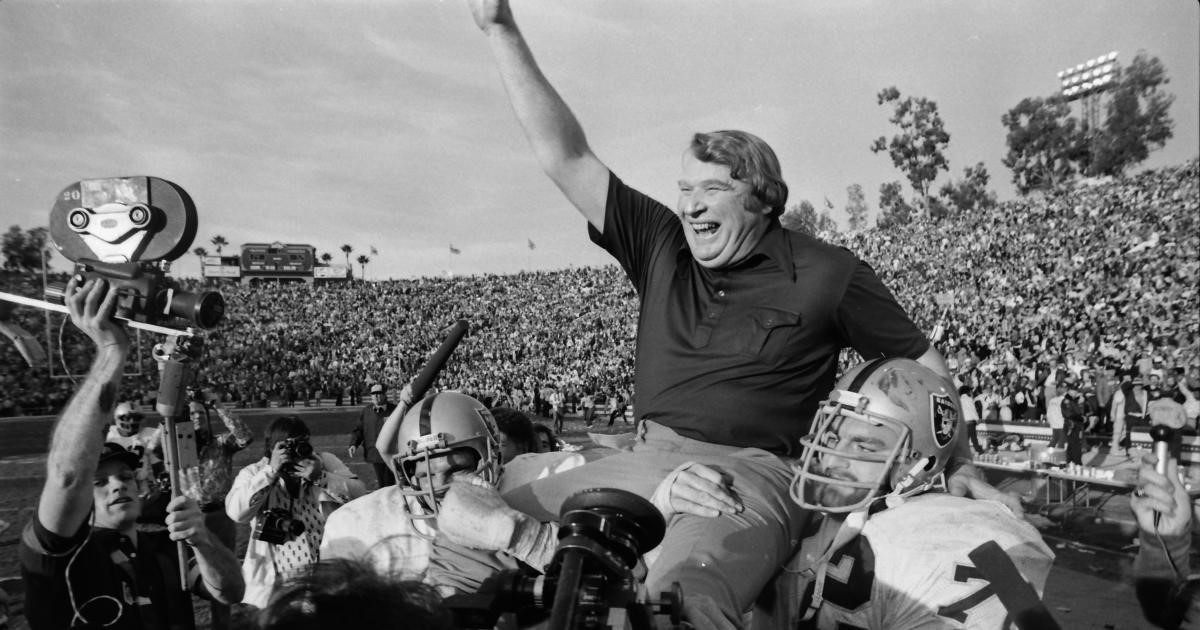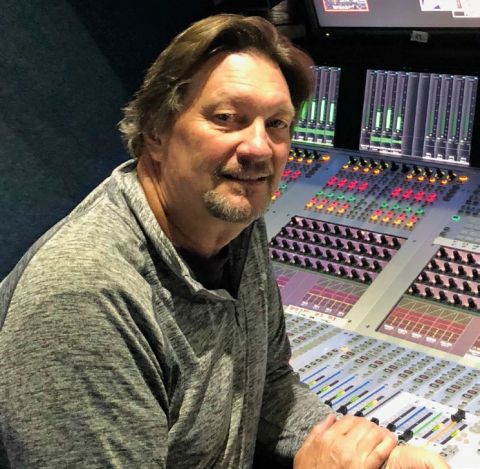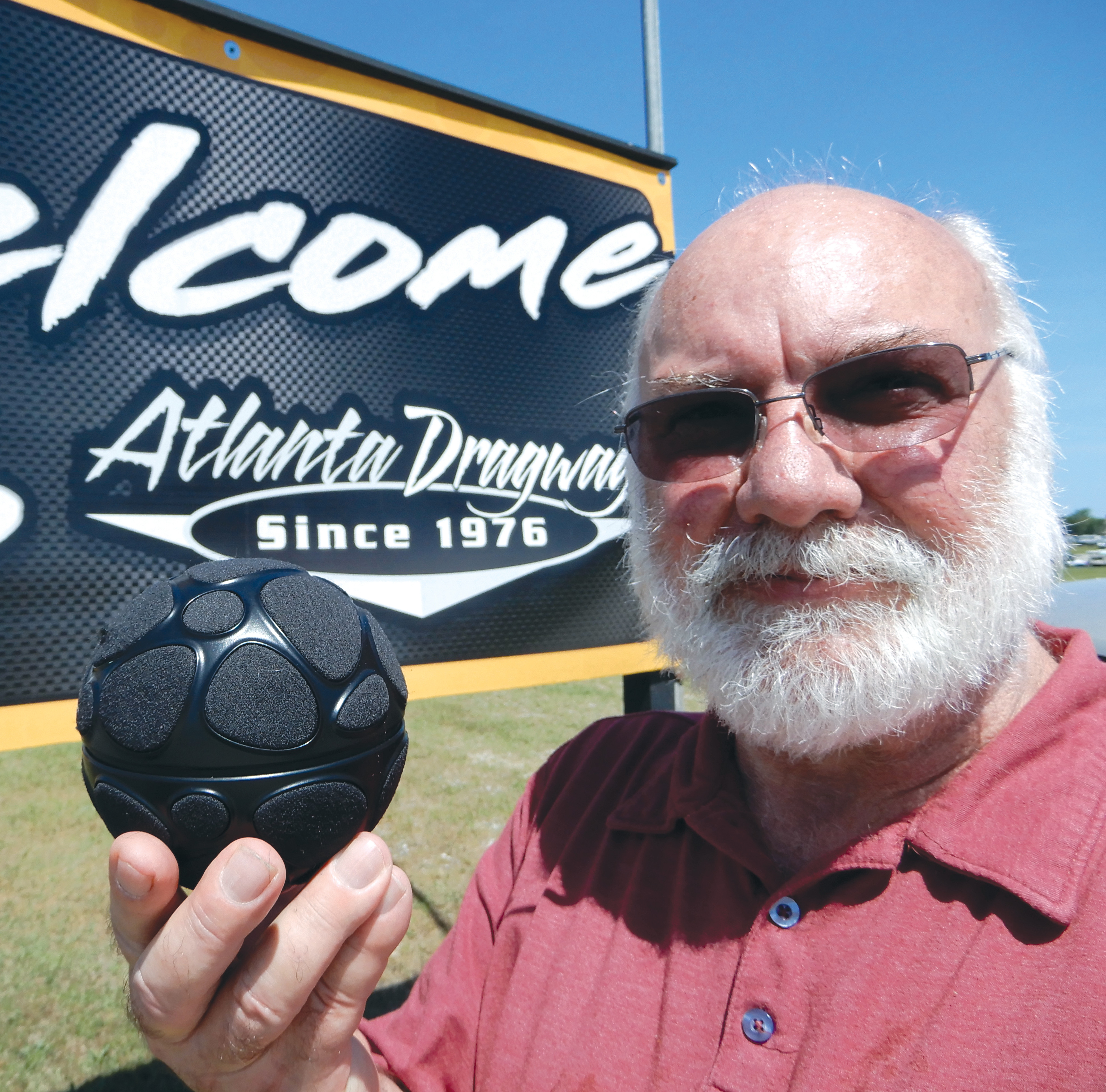Sports Icon John Madden as an Advocate for TV Sound
Madden’s voice and the sound of the game are so well known that you can purchase sound samples

John Madden, American football coach and sports commentator in the National Football League, passed away at the end of 2021. He was the sound of football for more than two and a half decades. His love for the sport was projected in his bigger-than-life voice and his color commentary, which included his own vocabulary and sound effects. There’s no doubt he will be remembered in perpetuity by his video games, or as I would say, by the “sound” of his games.
Madden left an undeniable impression on the sound of sports. He once said that he thought television didn’t communicate the sound of football as well as it should. It could be argued that his sideline perspective solidified the sounds of football he heard in his head, but Madden inspired an army of television sound mixers, such as the legendary Bob Seiderman of CBS and Fred Aldous of Fox, to work even harder to make it sound better.
And So it Begins
“When Fox got the rights to NFL [games] in 1994,” Aldous said, “John was most definitely an influence in Fox getting mics on the field of play, which resulted in us being able to put mics on the umpire. I am sure he had some influence in the process of getting mics on the players.”

The sound of televised football has evolved over the decades beginning with a 1970s-era CBS parabolic microphone that was alleged to be a mathematically perfect design for football sideline coverage. The stadiums were much smaller, open air and Madden was the perfect television commentator. He was never at a loss for words and listeners never had a hard time hearing him. He was his own soundtrack and created a language with sound effects that football fans understood and loved.
Madden’s voice and the sound of the game are so well known that you can purchase sound samples. Madden NFL video game composer Tommy Tallarico used sampled Madden sounds in his compositions.
Even though NFL Films, the film and television production company of the National Football League, has had wireless microphones on players since 1967, the television producers and broadcast audio sound designers were not able to get wireless microphones on players until after the 2010 Collective Bargaining Agreement. When the umpire’s location changed to behind the offense, the league tested wireless microphones during exhibition games and authorized a microphone on the back pads of two players on each team.
The NFL still wants control and provides a technician to turn on the microphone after the offensive huddle breaks and shuts off the microphone after the ball is snapped. No doubt this has certainly changed the sound of sports.
Giving Credit Where Credit is Due
I do not think Madden ever took credit for persuading the NFL, but as Aldous and other reliable sources have told me over drinks, Madden was influential everywhere, and I would suggest that the NFL and every top NFL player has seen and heard Madden’s video game.
Clearly, film sound influenced sports sound, but when video games came along with John Madden-type sports offerings, the challenge for the sound of television was amped up even further. When you can hear John Madden ranting on the sidelines along with every quarterback call and pad crunch, it’s no wonder casual football watchers have drifted away from traditional sports television because the TV coverage is less spectacular than the video game version.
Aldous was with Madden for five years at Fox and summed it all up: “In broadcasting as in his coaching, he always strived to make you better at what you do and to push the boundaries as far as you could.”
I am going to suggest that broadcasters need another strong voice in the ear of the NFL. John Madden proved that sports is entertainment. The NFL and the NFL Players Association need to remember where the money comes from. While sports bars are a disservice to broadcast sound, video games have stretched the boundaries and Madden’s NFL video game franchise helped rip things down.
Why can’t we hear more sound just like the video game? Not the strategy calls, but the huffing and puffing and player banter on the sidelines, just like what you hear on NFL Films and in Madden’s game—certainly he would have approved of that.
Get the TV Tech Newsletter
The professional video industry's #1 source for news, trends and product and tech information. Sign up below.
Dennis Baxter has spent over 35 years in live broadcasting contributing to hundreds of live events including sound design for nine Olympic Games. He has earned multiple Emmy Awards and is the author of “A Practical Guide to Television Sound Engineering,” published in both English and Chinese. His current book about immersive sound practices and production will be available in 2022. He can be reached at dbaxter@dennisbaxtersound.com or at www.dennisbaxtersound.com.

